Nanoemulsions as chEOR fluids: from laboratory tests to coreflooding simulations
本论文由埃尼公司合作完成,旨在研究纳米乳液注入以提高石油采收率(EOR)。研究的目的是确定一种可靠的模拟工作流程,以捕捉纳米乳液在多孔介质中的行为,并预测这种化学注入如提高采收率效果。纳米乳液是一种新兴的EOR技术,基于两种不混溶相(水和溶剂)以及表面活性剂的协同效应。CMG STARS商业模拟器被用来模拟采收过程。
最初,模拟活动集中在实验室尺度的模拟,分析了在埃尼实验室进行的两个油饱和岩心实验。两种实验的额外采收率在15%到21%之间。开发的数值模型通过历史拟合(HM)程序和全局敏感性分析(GSA)进行验证,旨在量化每个未知输入参数对模型输出(采收率和井底压力)的影响。随后,将实验模拟结果应用于选定的埃尼投资组合中的特定油田,以进行预测分析。模拟结果表明,纳米乳液技术是有效的,但从初步经济分析来看,其组成和配方的成本仍然过高,无法进行工业和现场应用。
CMG软件应用情况 :
CMG STARS模拟器被用于模拟纳米乳液的实验室测试和油藏模拟。它能够处理复杂的化学行为和多相流动,适用于模拟纳米乳液在多孔介质中的流动和提高采收率的过程。在模拟中,考虑了纳米乳液的组成、流体性质、相对渗透率、界面张力、润湿性改变等因素对采收率的影响。通过历史拟合和全局敏感性分析,优化了模拟模型,提高了对纳米乳液行为的理解和预测能力。
结论 :
纳米乳液技术在提高石油采收率方面具有潜力,能够显著提高采收率。然而,目前纳米乳液的配方和成本仍然是工业应用的主要障碍。未来的研究需要进一步优化纳米乳液的配方,降低成本,并深入理解其在多孔介质中的作用机制,以提高其在油田中的应用效果。

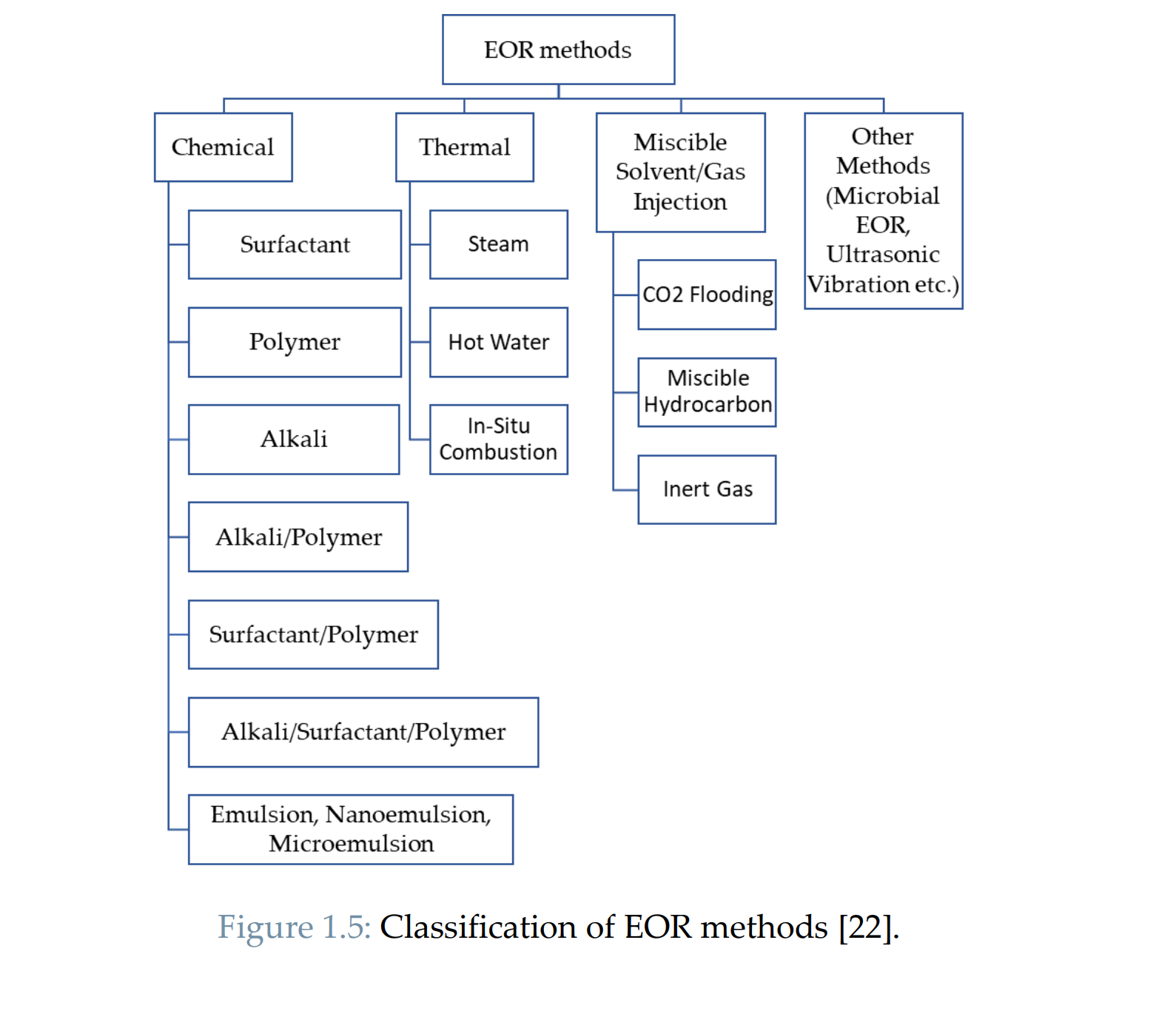
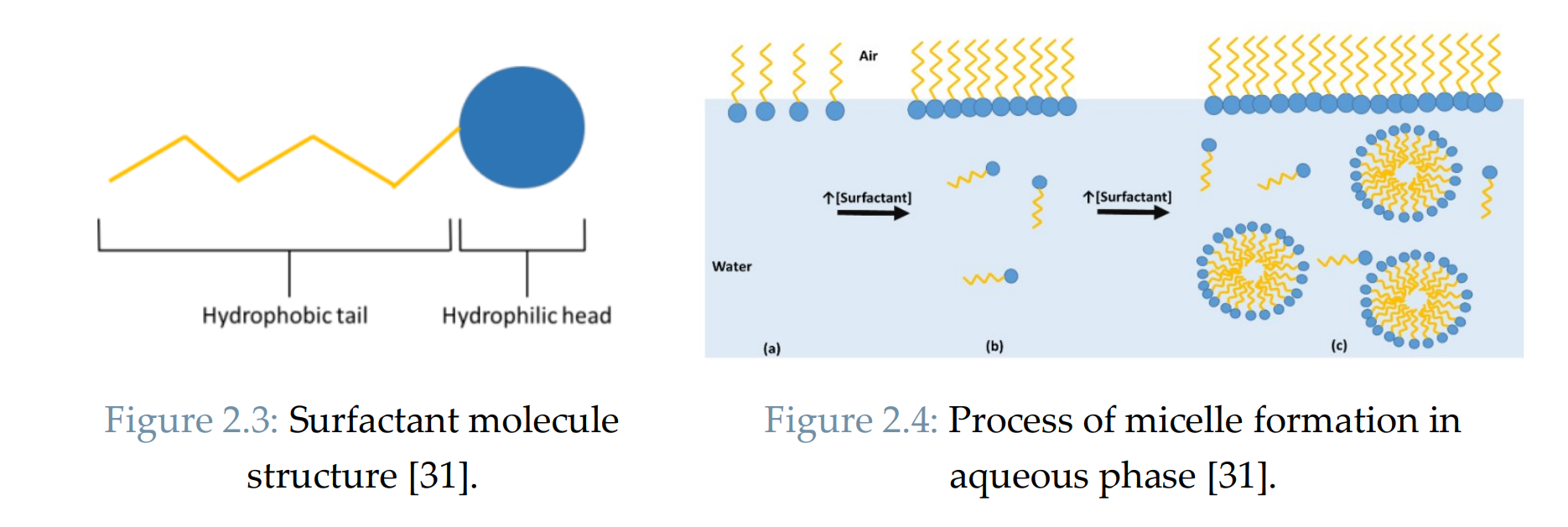
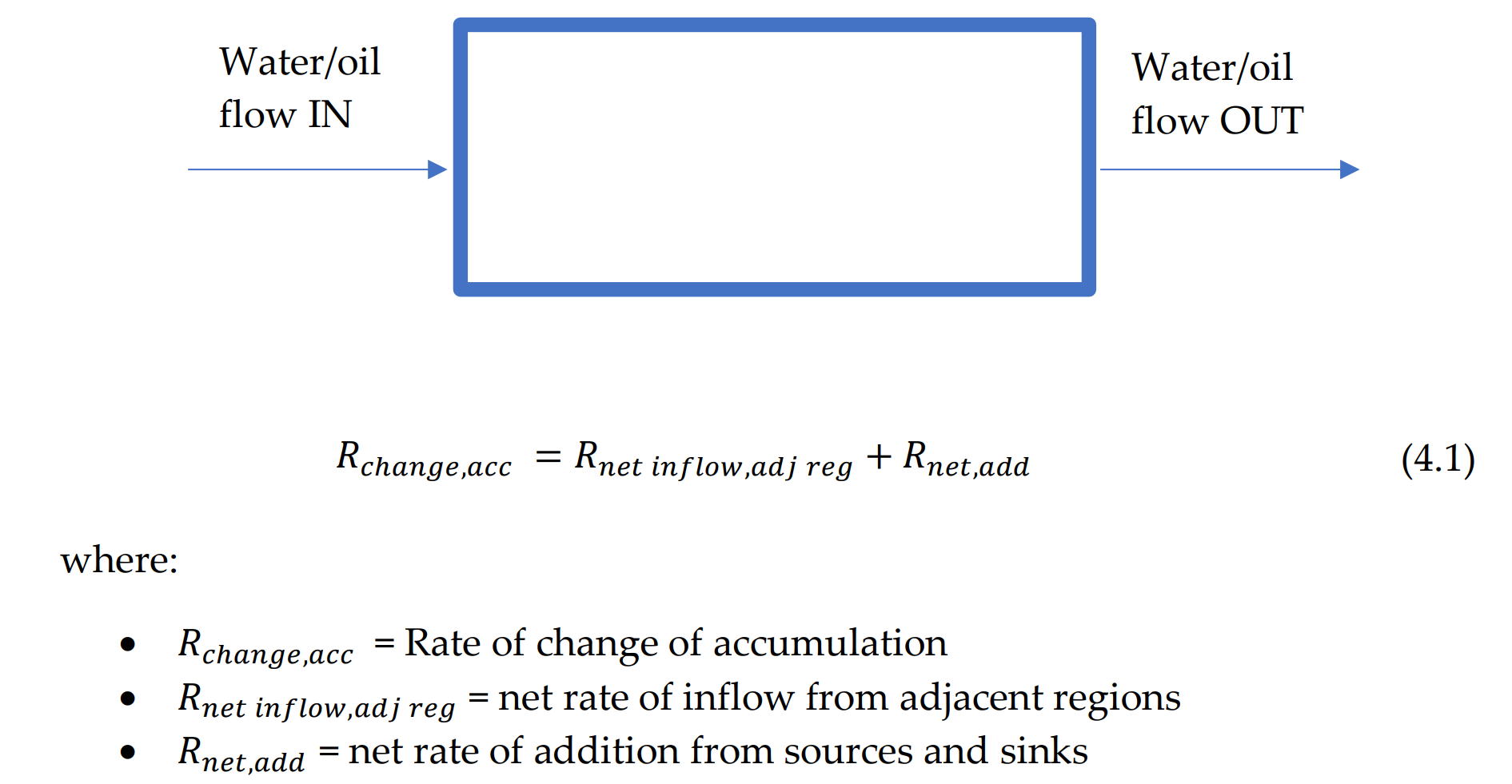
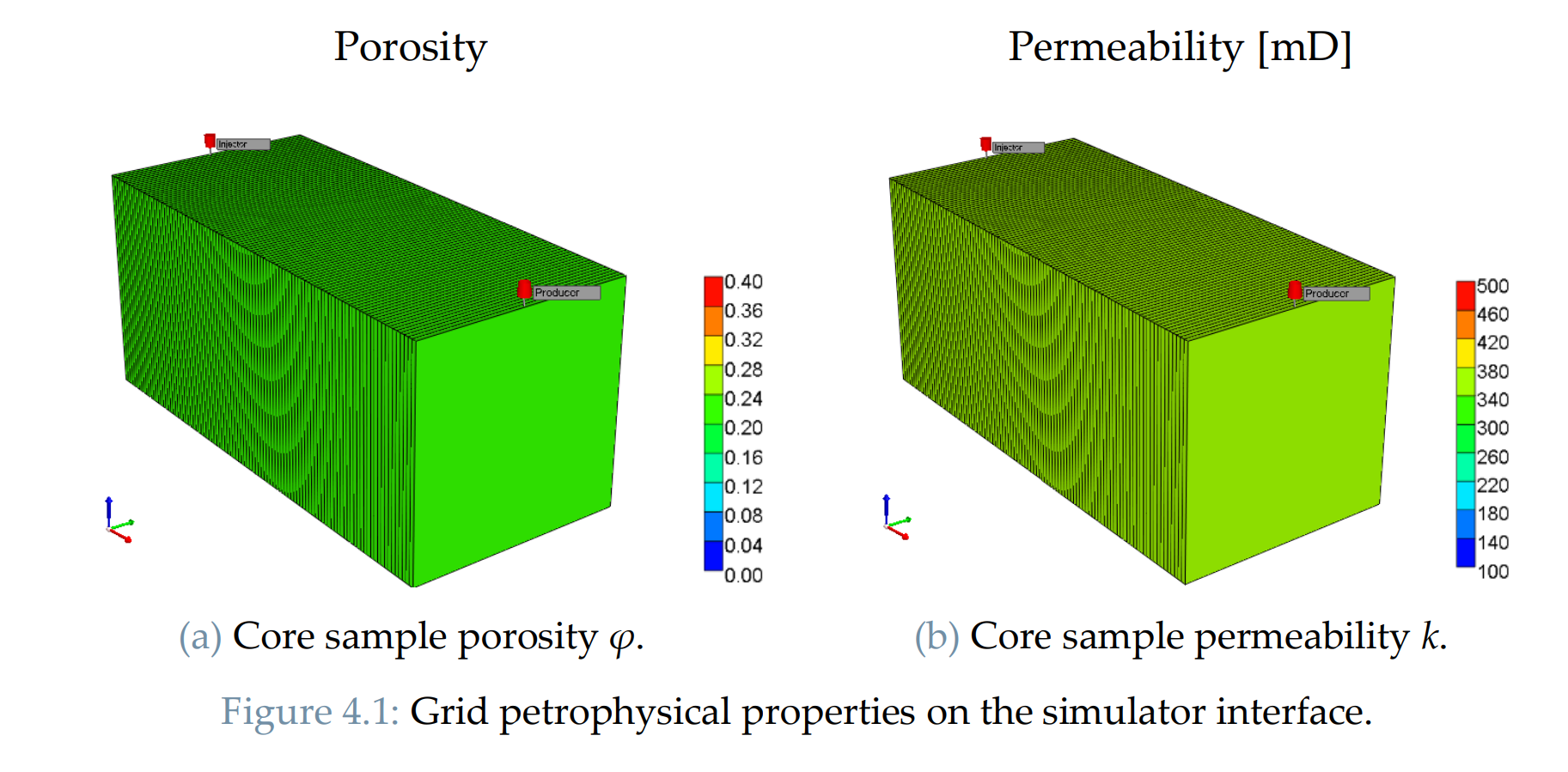
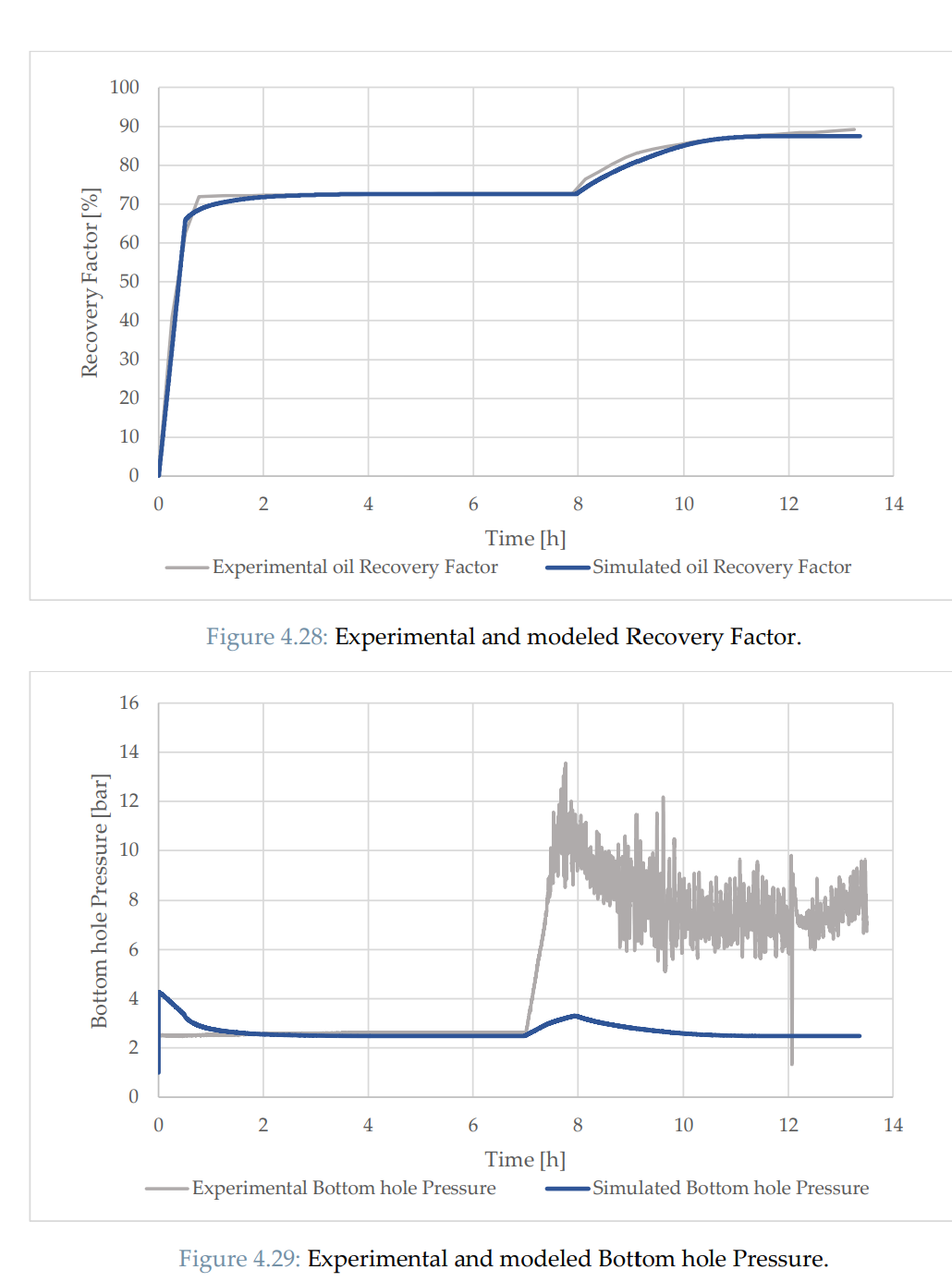
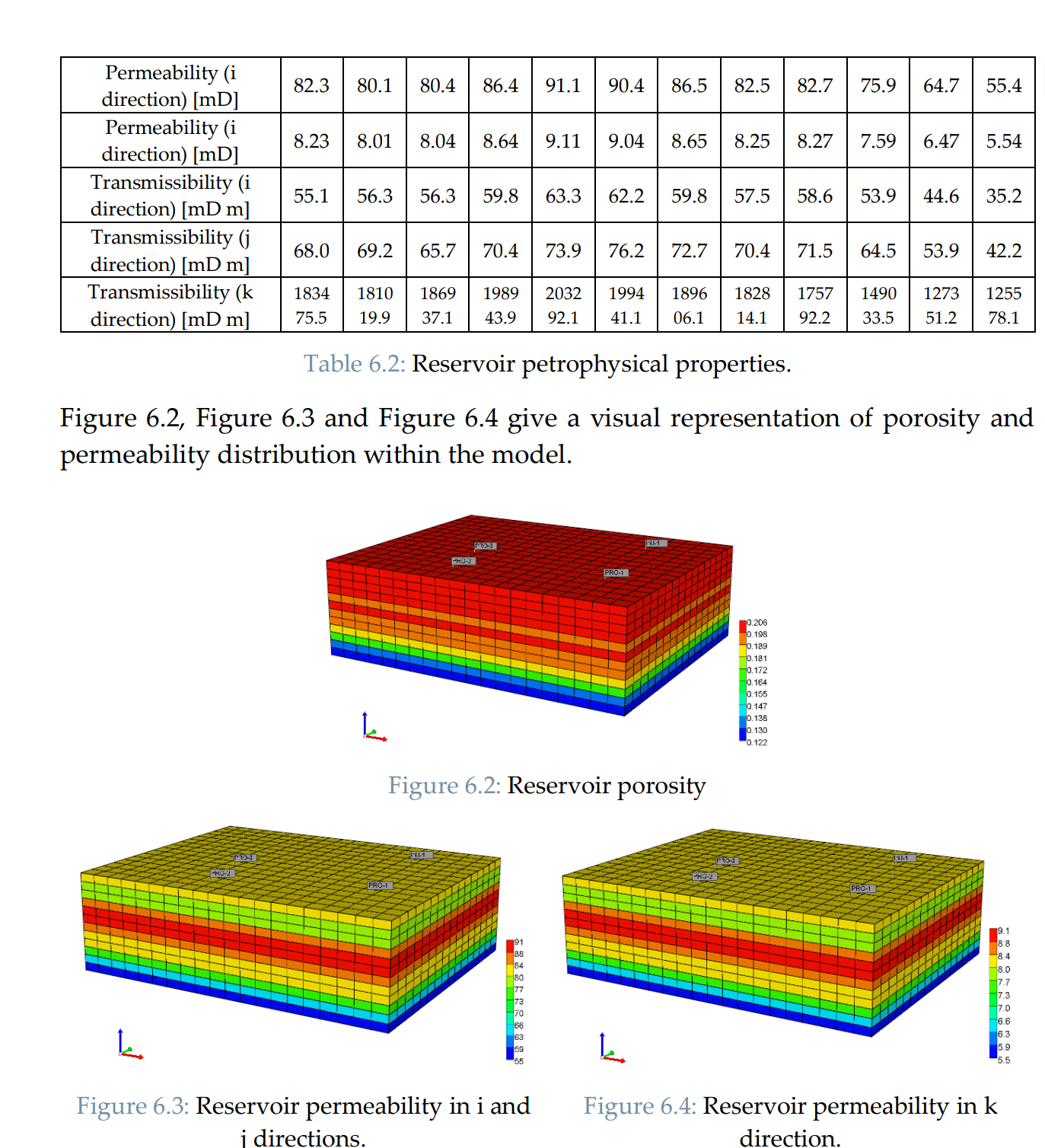
Abstract
The present thesis work, developed in collaboration with Eni, concentrates on the investigation and numerical modelling of nanoemulsions injection for Enhanced Oil Recovery (EOR). The purpose of the work is to identify a robust simulation workflow able to catch nanoemulsions behavior in porous media and to predict the additional oil recovery obtained by this type of chemical injection. Nanoemulsions are an emergent EOR technique based on the synergic effect given by the presence of two immiscible phases (water and a solvent) and surfactants, used to stabilize the dispersed phase in droplet shape. CMG STARS commercial simulator has been used to model the recovery process. At the beginning, the activity has been focused on modelling the process at the laboratory scale, analyzing two oil-saturated core experiments carried out in Eni laboratories. The two experiments differ for the utilized core: the first application relies on plugs, while the second adopts slim tubes. The additional recovery obtained with nanoemulsions with respect to waterflooding registered in such experiments is between 15% and 21%. The elaborated numerical model has been consolidated through History Matching (HM) procedure and Global Sensitivity Analysis (GSA), aimed at quantifying the impact of each unknown input parameter on two of the model outputs: Recovery Factor (RF) and Bottom Hole Pressure (BHP). Subsequently, the results of the experiment modeling have been applied to a sector of the specific field selected inside the Eni portfolio, to perform forecast analyses. The performed simulations have shown that nanoemulsion technique is effective, however, from a preliminary economic analysis, it appears to be still too expensive in composition and formulation for industrial and field applications.
Key-words:
nanoemulsions, enanhced oil recovery, CMG STARS, simulation, GSA.
作者单位
意大利都灵理工大学能源工程系。
